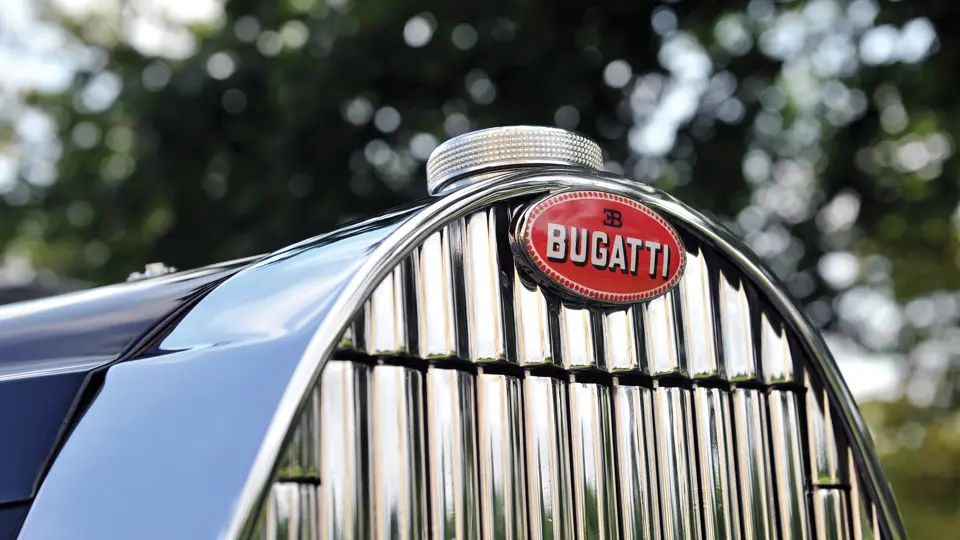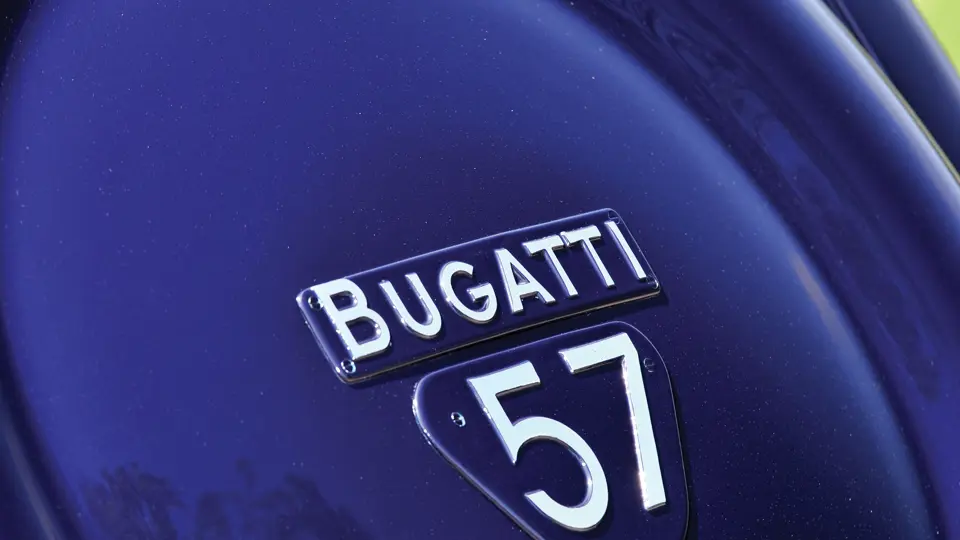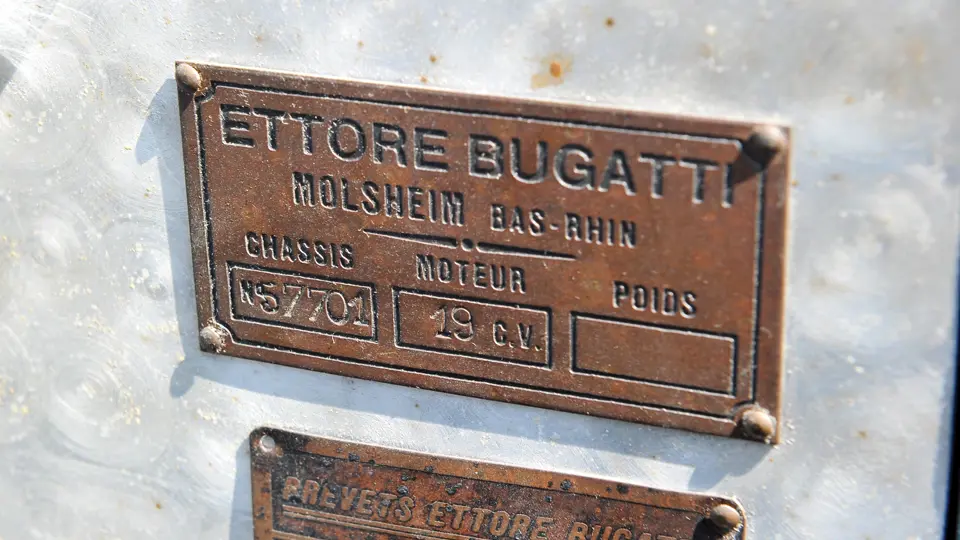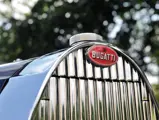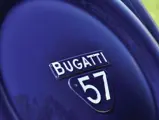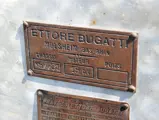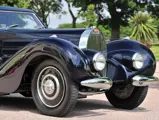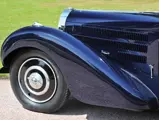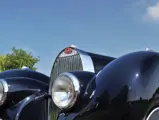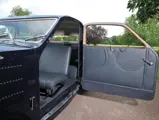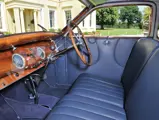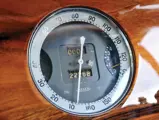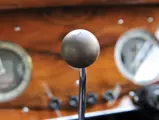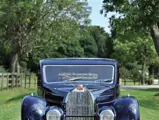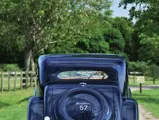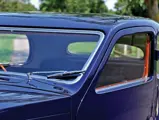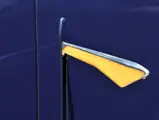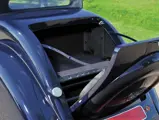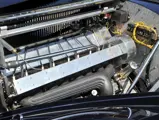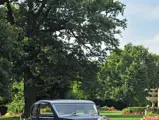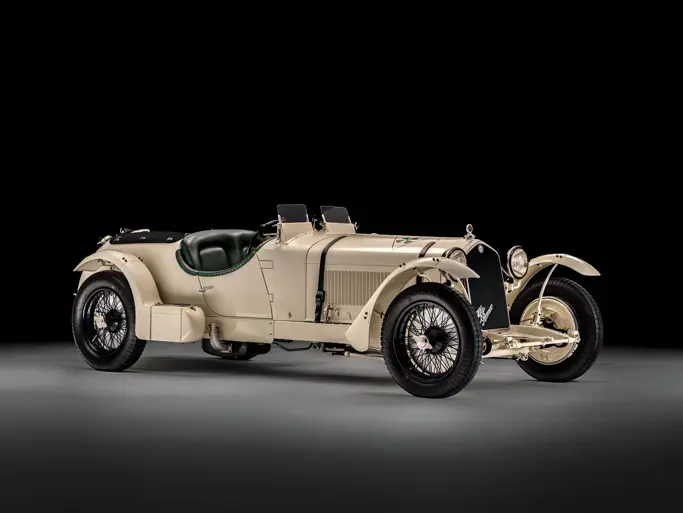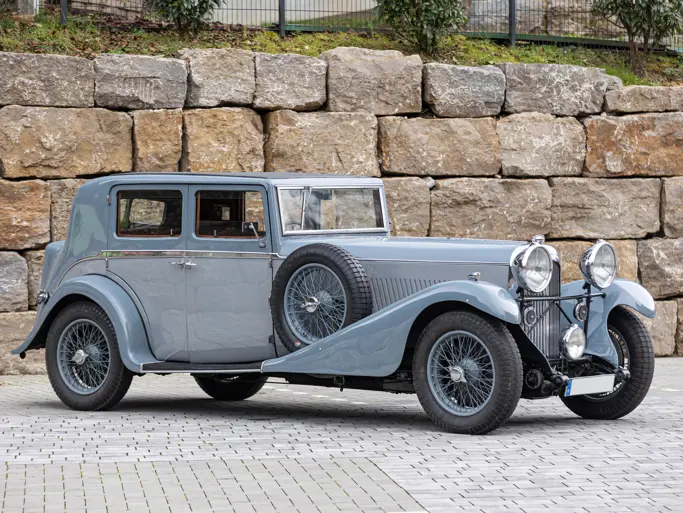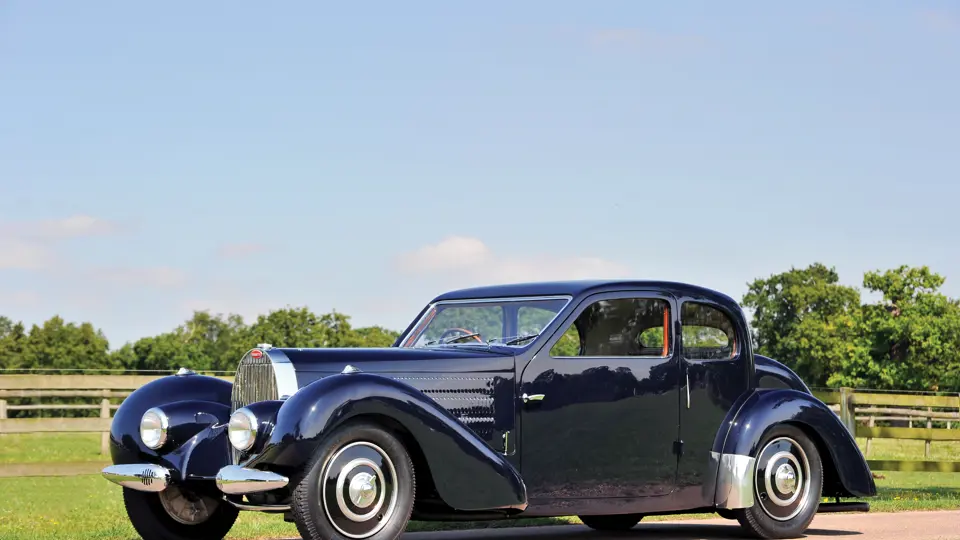
1938 Bugatti Type 57 Ventoux
{{lr.item.text}}
£324,800 GBP | Sold
{{bidding.lot.reserveStatusFormatted}}
- A late Type 57 with Lockheed hydraulic brakes
- Original body, engine, and chassis
- Delivered new to Swiss dealer Jean Sechaud
- Recently restored in its elegant original colours
- Documented by Pierre-Yves Laugier
135 bhp, 3,257 cc DOHC inline eight-cylinder engine, four-speed manual transmission, live front axle with semi-elliptic leaf springs, live rear axle with inverted quarter-elliptic leaf springs, and four-wheel Lockheed hydraulic drum brakes. Wheelbase: 3,300 mm
The Bugatti Type 57 was originally offered in four body styles, three of which were named after famous mountain peaks in the Alps: Galibier, Stelvio, and Ventoux. The four-seat, two-door Ventoux body was heavily influenced by sketches for the Type 50, and with its Profile style, the Ventoux was easily recognised for its sharply raked windshield. Unlike the Stelvio, which was commonly outsourced to various coachbuilders, the Ventoux had been designed in-house by Jean Bugatti himself. In addition, the sylphlike Atlantic and Atalante coupés evoked oceanic themes and Greek mythology.
CHASSIS NUMBER 57701
According to noted Bugatti historian Pierre-Yves Laugier, chassis number 57701 was assembled in June 1938, along with four other Type 57s and five Type 57C chassis. It was approximately the 30th Ventoux built since the beginning of 1938, and it was one of six originally finished in blue and the only one to feature a blue leather interior. It remained in the ownership of the factory for three months before being sold, and according to Laugier, it was “obviously used by the factory” during that time.
The original owner was Jean Sechaud, of Geneva, Switzerland, who officially took delivery late in September 1938. Sechaud, a Bugatti agent, was able to get a 20 per cent reduction in price, and he may have used this car as a demonstrator for the “Mercredistes”, the Sechaud clients who met every Wednesday in a Geneva restaurant to discuss their favourite automobiles.
After World War II, Sechaud’s Ventoux remained in Geneva, where it was photographed in the streets by a young enthusiast, Jean-Louis Fatio, outside the shop operated by former Sechaud serviceman Gaillepand. Fatio recorded it as “a blue Ventoux on hydraulic brakes, ex-Ray and ex-Veit”. Rene Veit, a trucking contractor in Geneva, was a well-known Bugatti enthusiast of the era, and he is believed to have been the owner for whom this car was registered as GE 33200 in 1956.
In 1957, the car was registered to James Ray Chandler and later passed to Karl Roy Ivarsson, both of whom were Americans residing in Geneva. Mr Ivarsson operated the city’s first disco at Zermatt, and he was referred to in the popular press of the day as “the pied piper of fun”. The pied piper sold his Bugatti in 1962 to E. Allen Henderson, of Marlboro, New Jersey, at which point the car departed Switzerland for the first time in its quarter-century-long life.
At some time around this point, the car suffered from an engine bay fire, which damaged the driver’s side bonnet panel and blistered much of the paint on the front end of the car, but otherwise, most importantly, it left the Bugatti largely undamaged. Around 1964, it was sold by Henderson to a talented American engineer from central Pennsylvania, David Trevorrow, who set about returning the car to the road. The paint was stripped from the singed panels, and the wiring loom was renewed. After completion of the work, the car was actually driven on the road in 1966, but its restoration was never finished. Soon afterward, it was put away in Mr Trevorrow’s garage, where it remained until its sale by his estate in 2011.
The car’s new owner sent it to Auto Classique Touraine in France, where the bodywork was restored in its original dark blue colours with an interior in blue leather, as original. Importantly, some of its body panels still retain their original stamping of 106, identifying it as one of the final third-series Ventoux bodies produced. The car was found to still be in very good mechanical condition overall, as it was running with proper oil pressure and compression, and its brakes were rebuilt. Every component of the car was dismantled and properly refinished to return it to its original condition and appearance. Just over 22,000 kilometres are recorded on the odometer, and given its use mainly around Geneva for so much of its life, this may well be its original mileage from new.
This is a wonderful example of one of the latest and best Ventouxes, as it has fascinating known history and has been preserved by loving enthusiasts on both sides of the Atlantic.




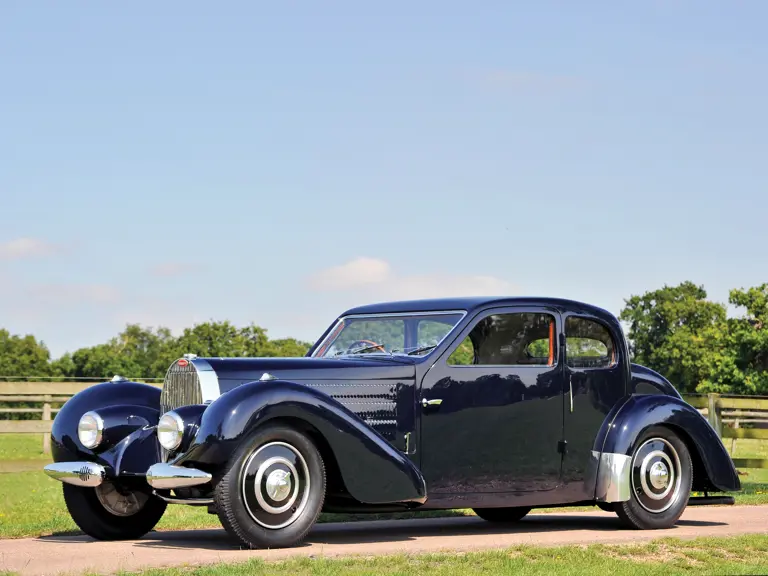
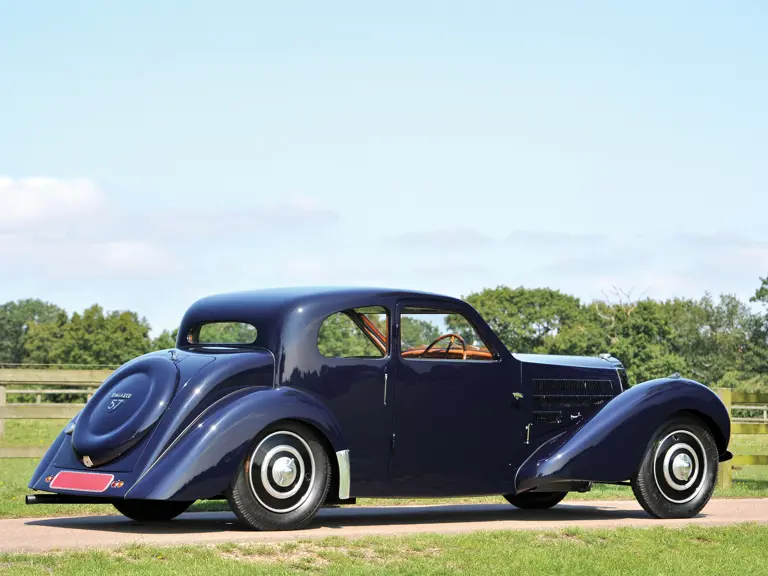
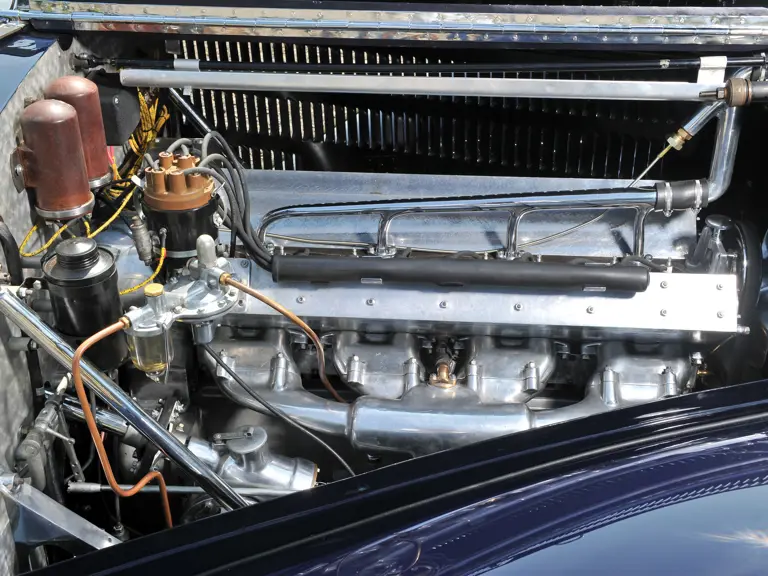
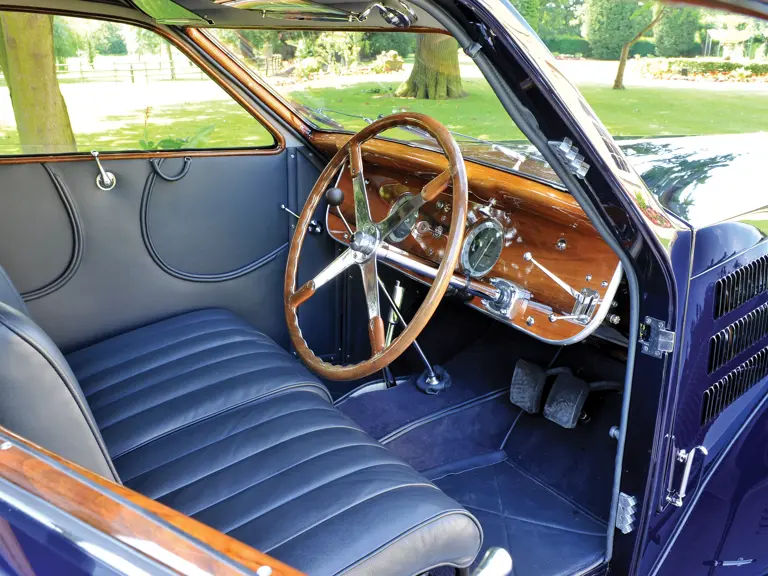
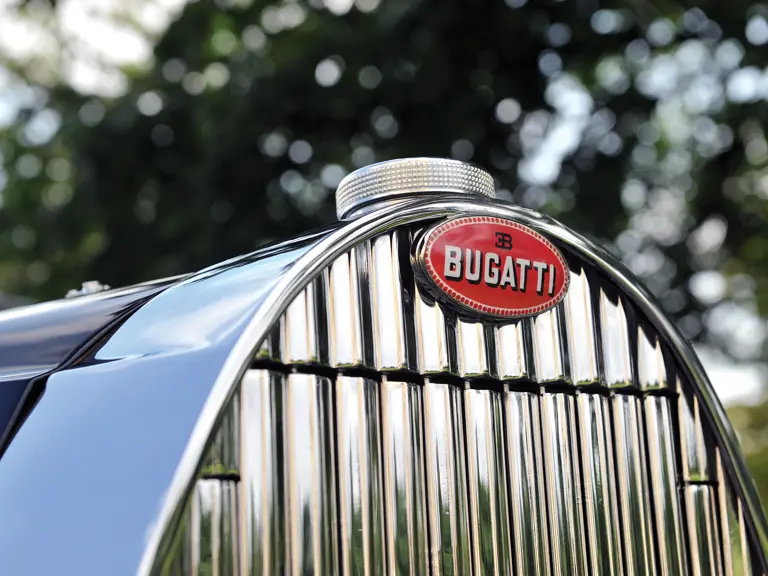
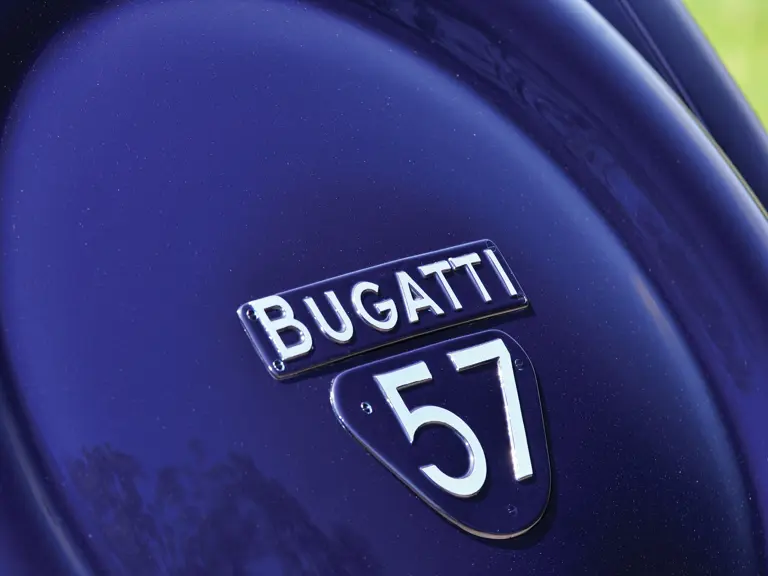
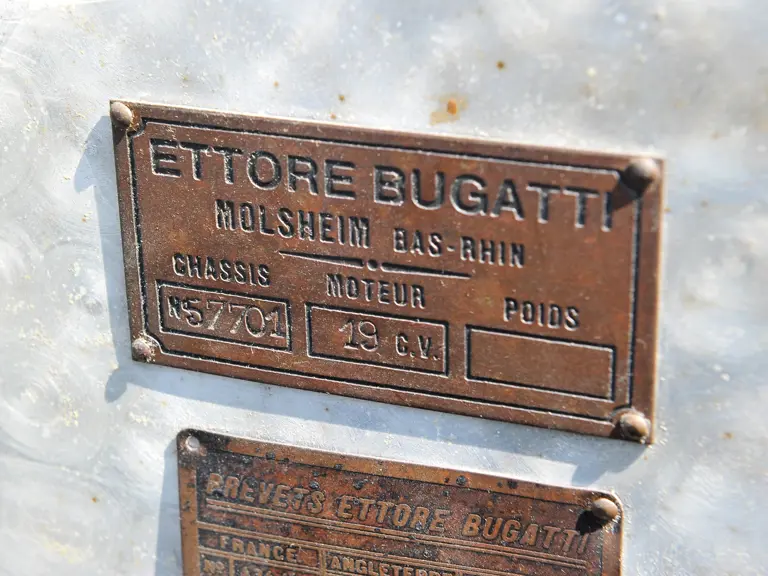
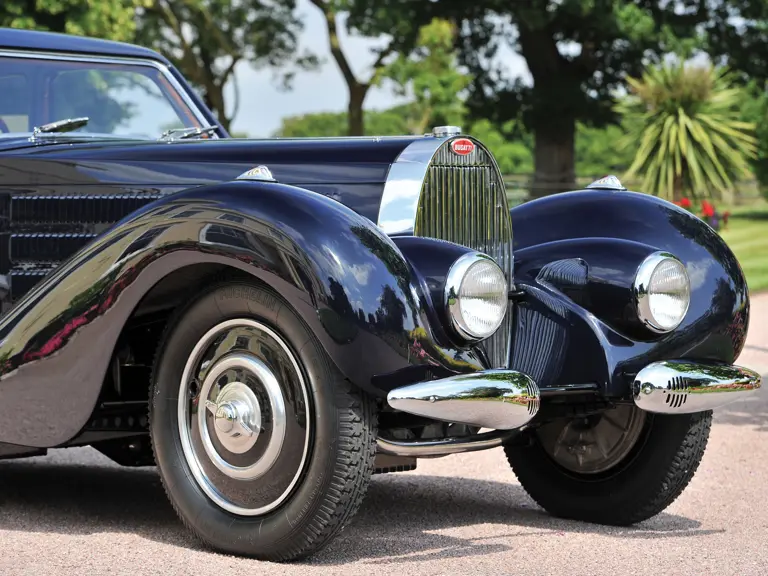
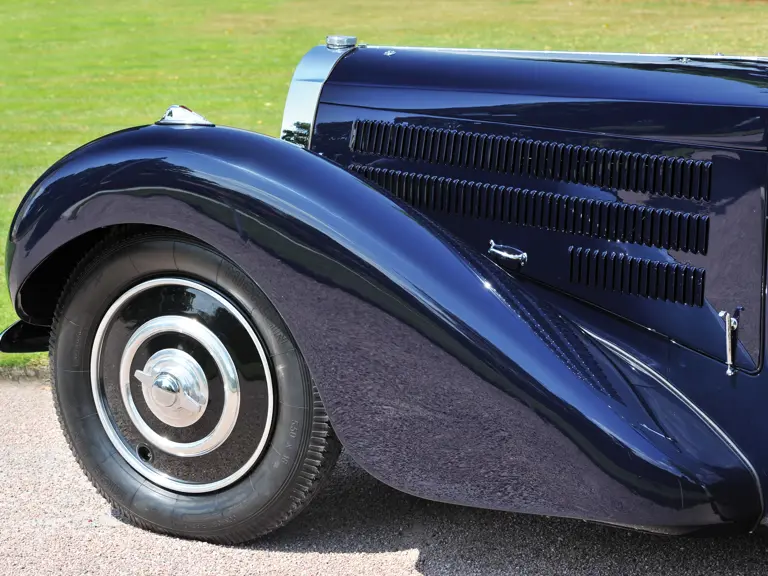
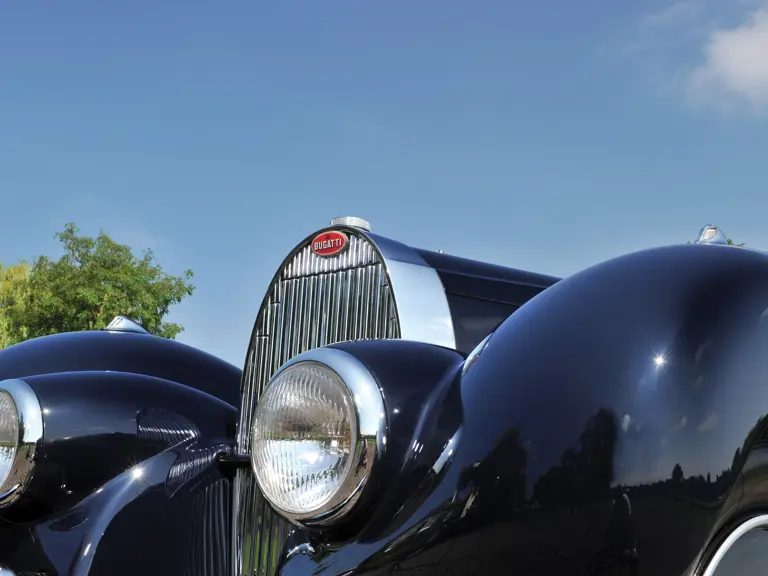
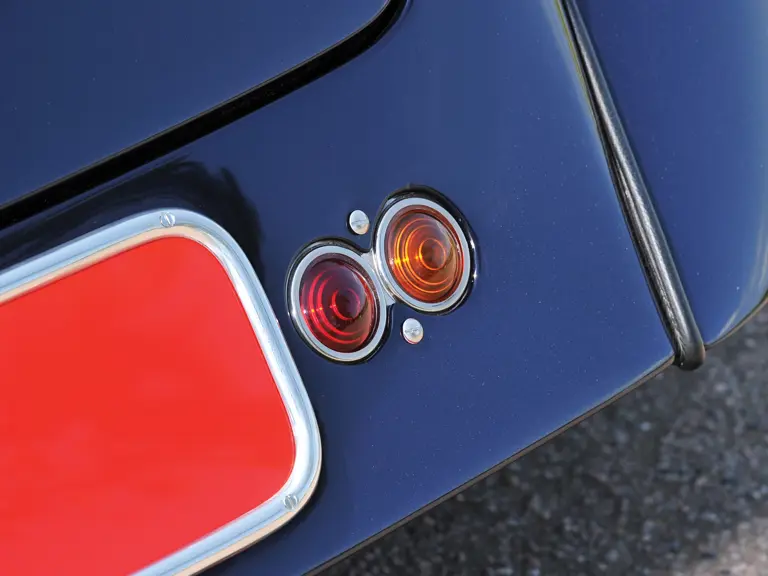
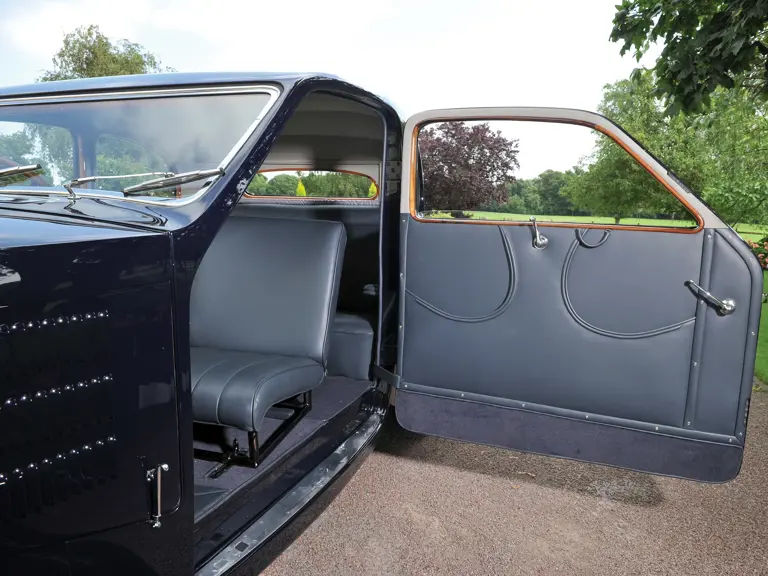
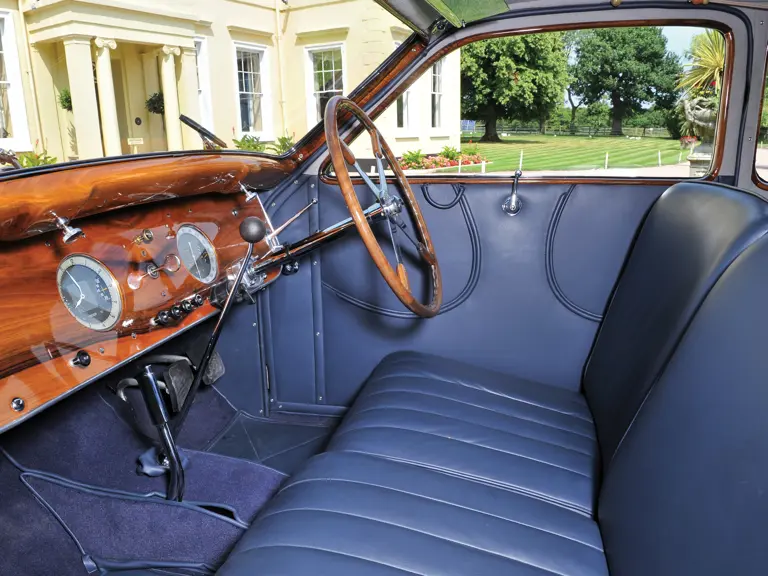
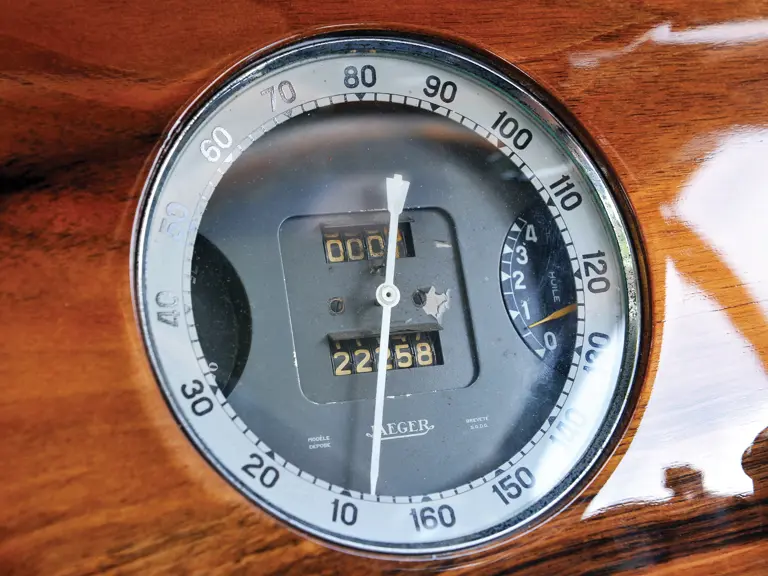
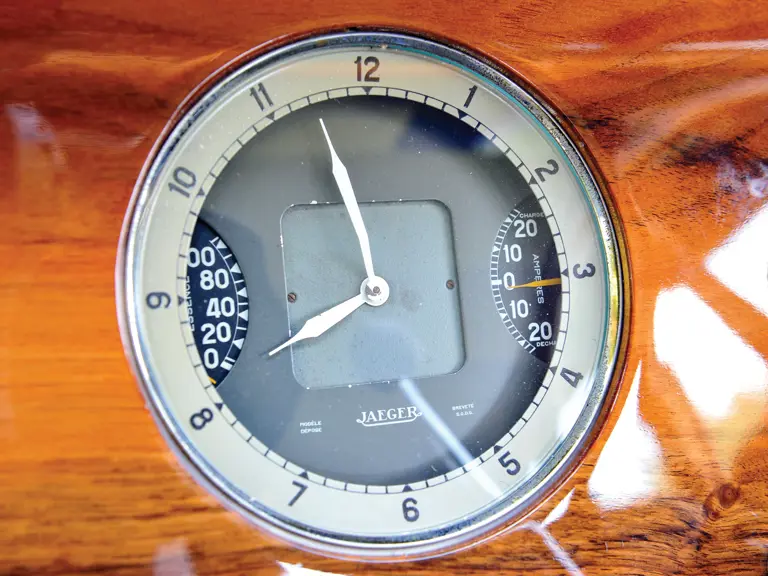
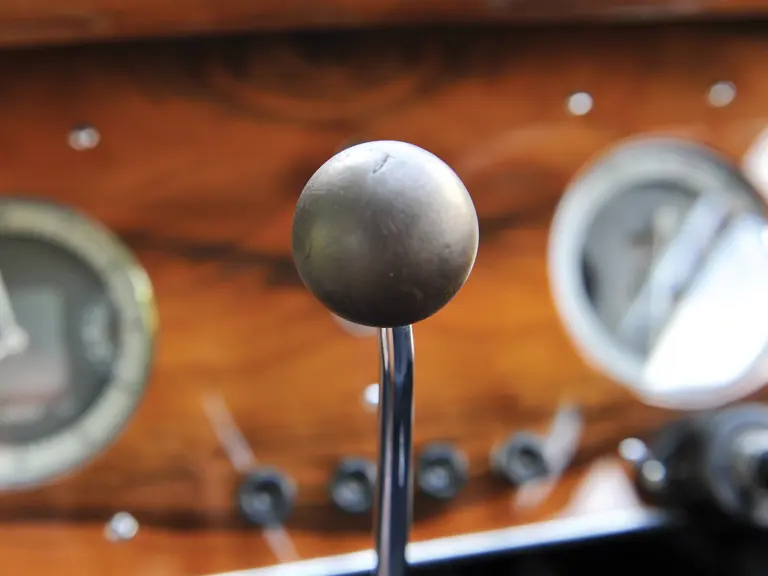

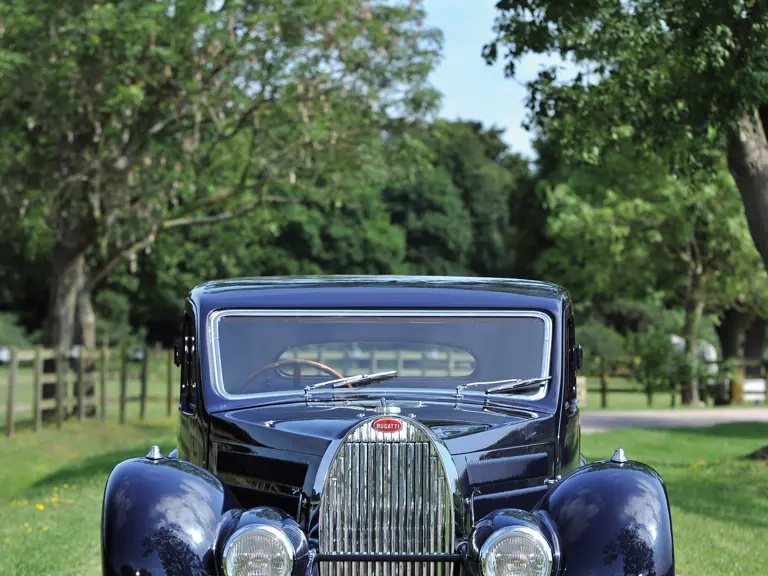
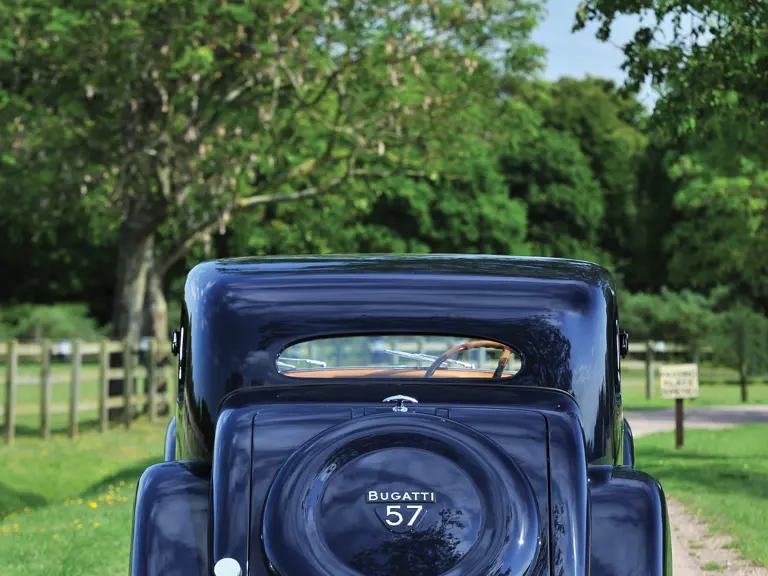
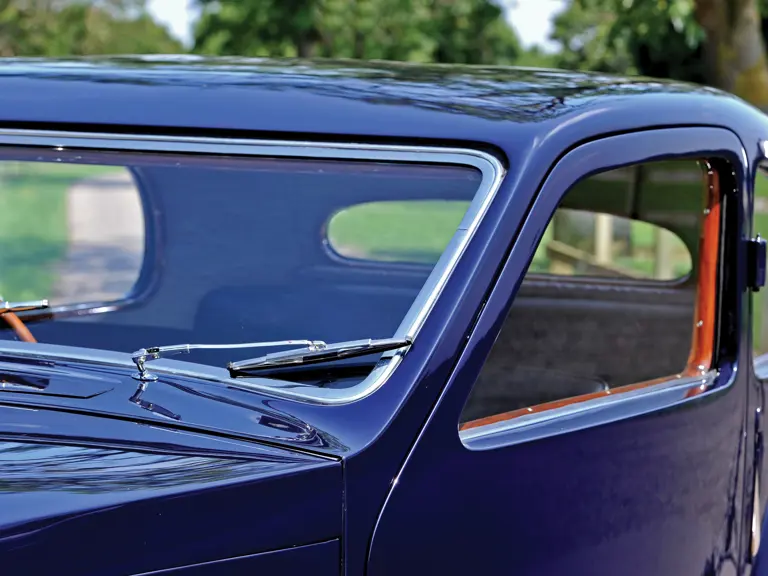
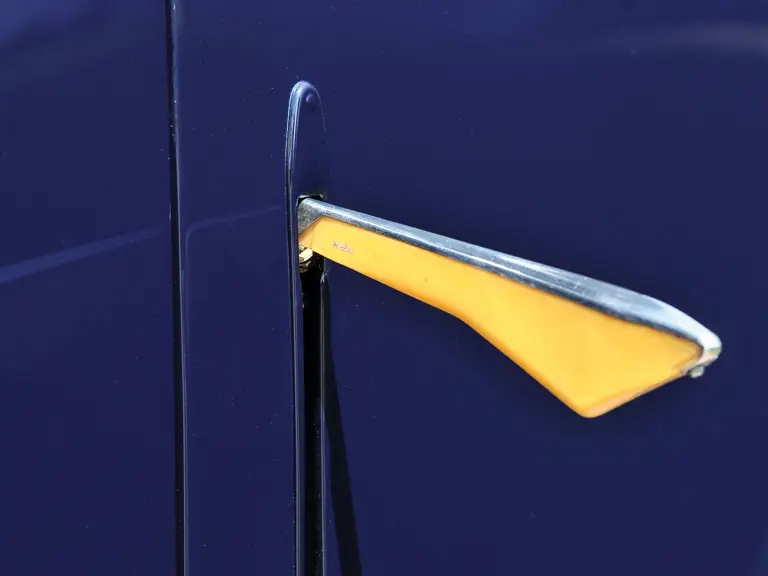
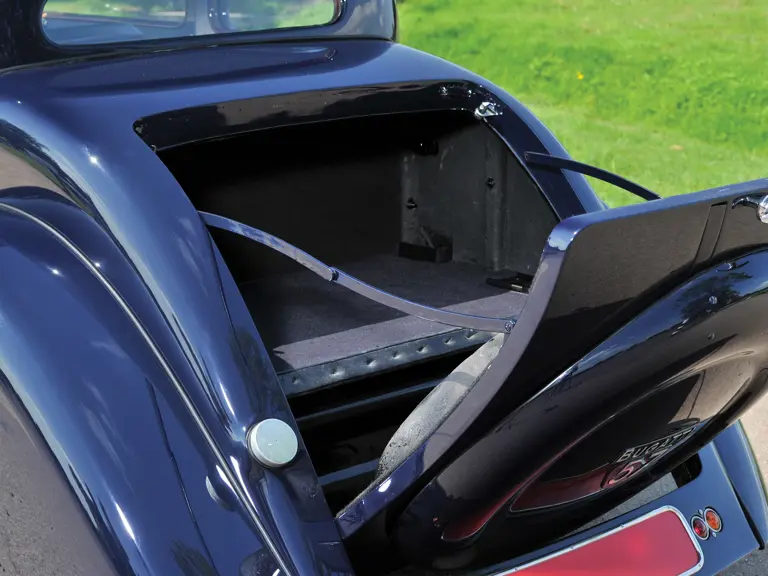
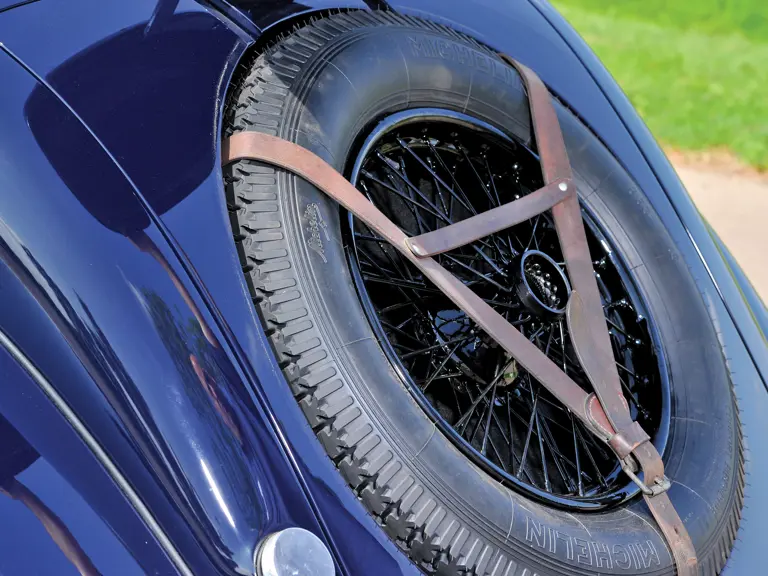


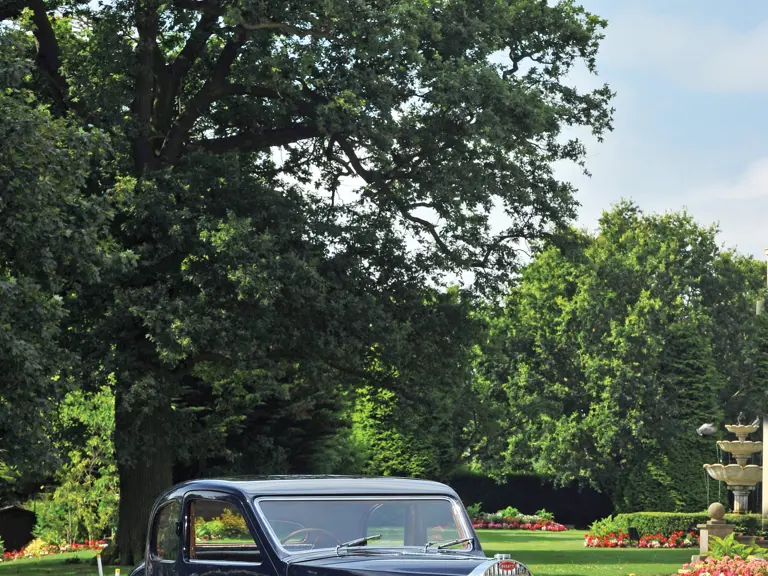
 | London, United Kingdom
| London, United Kingdom
